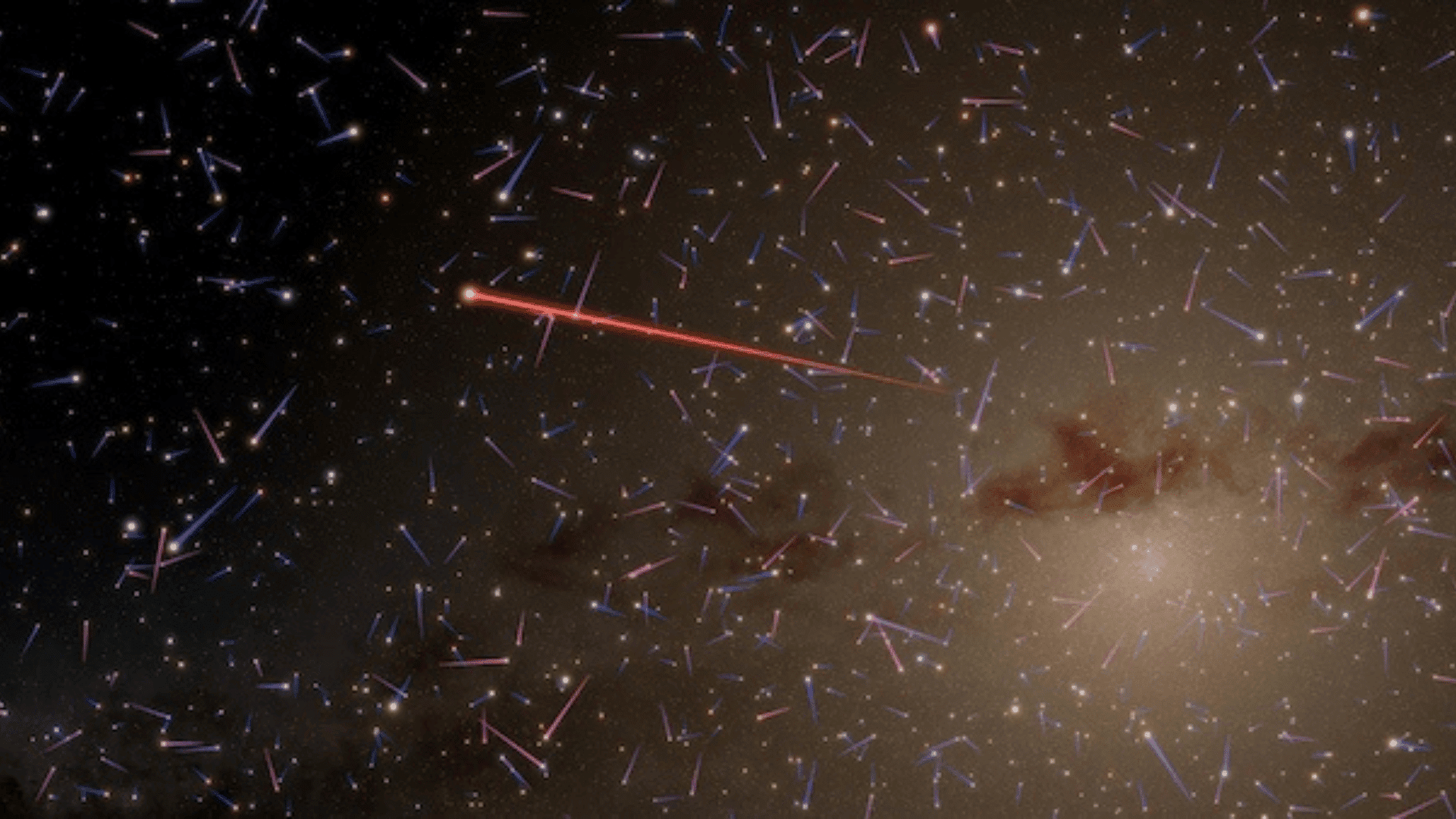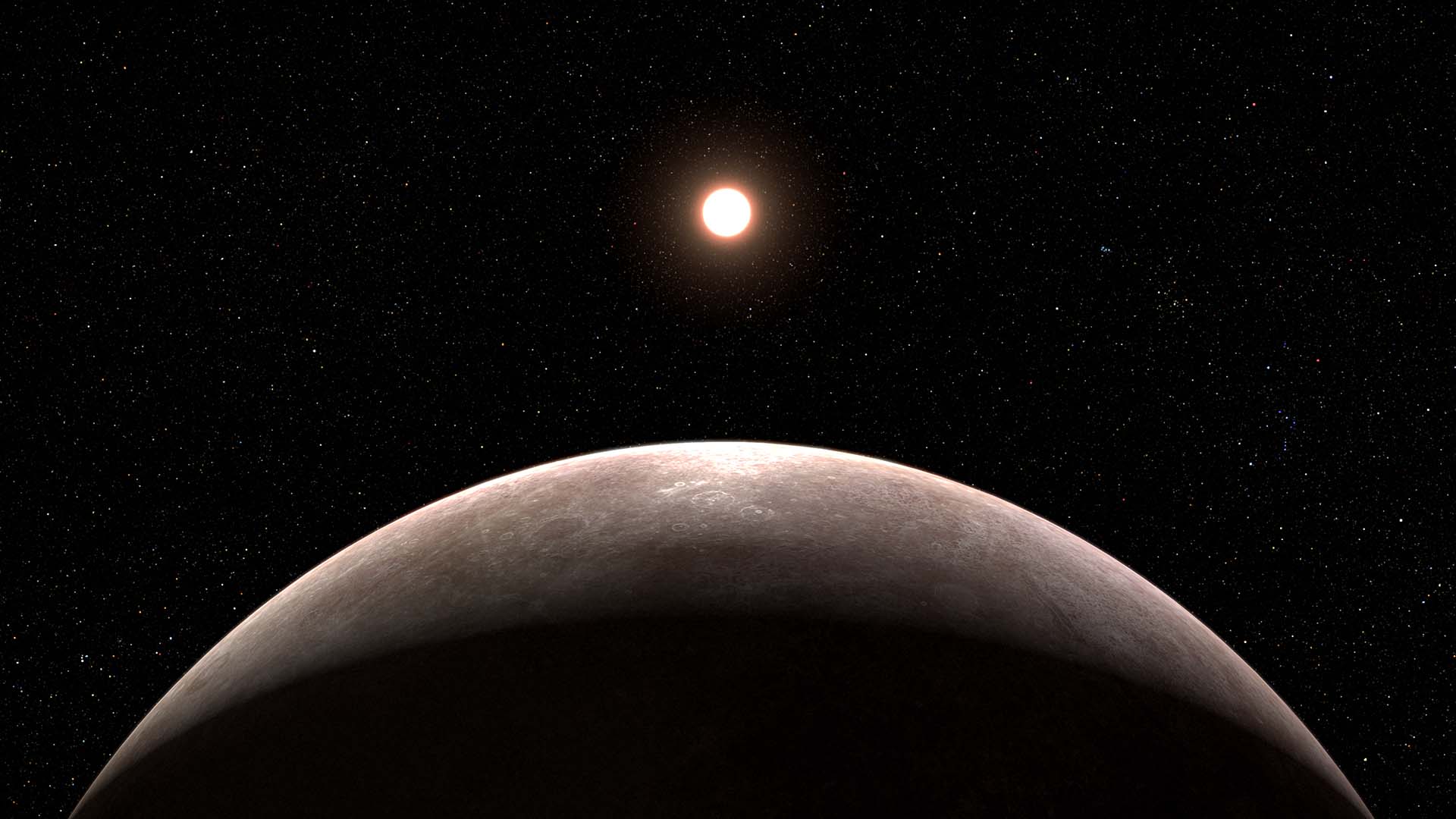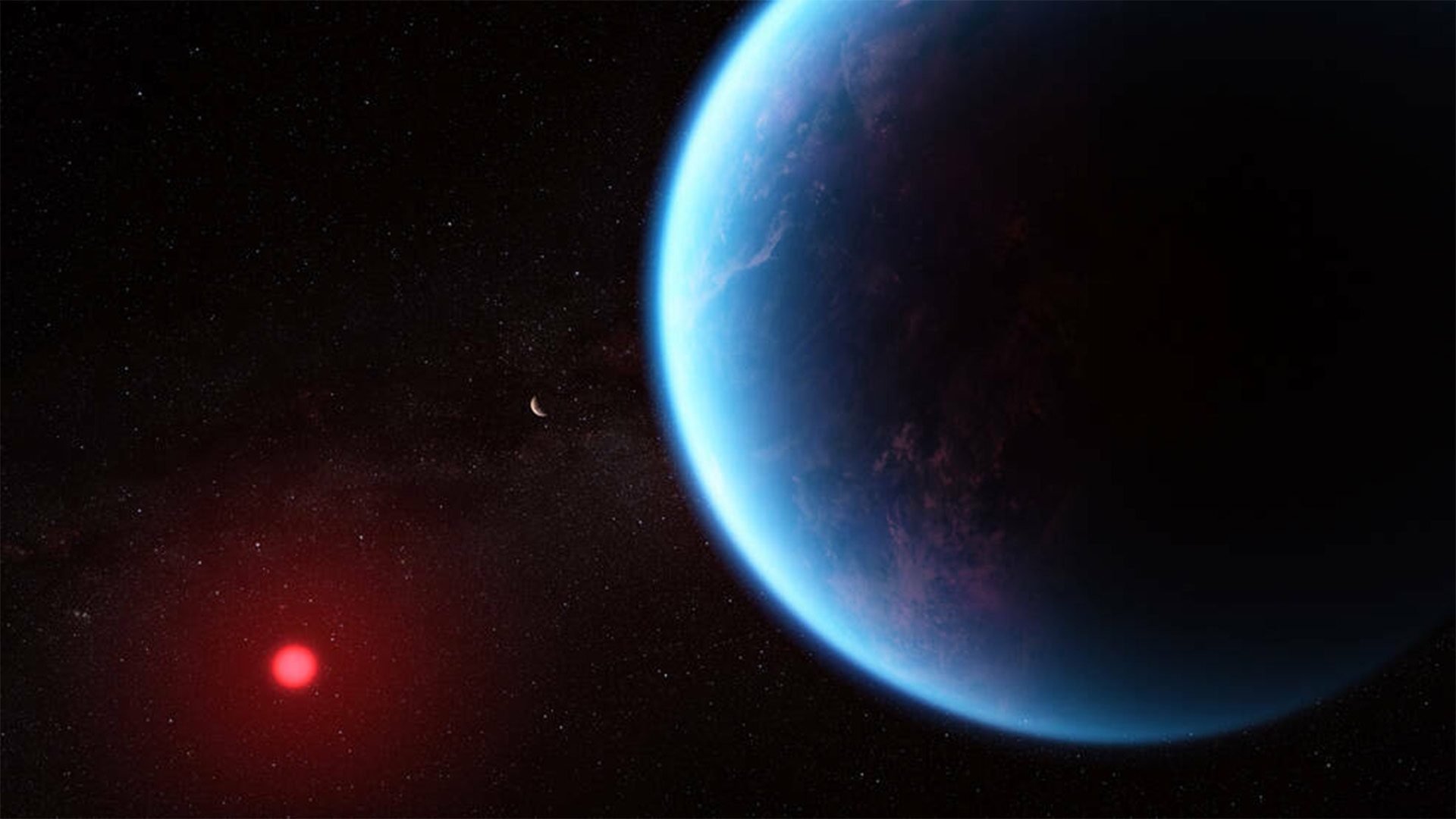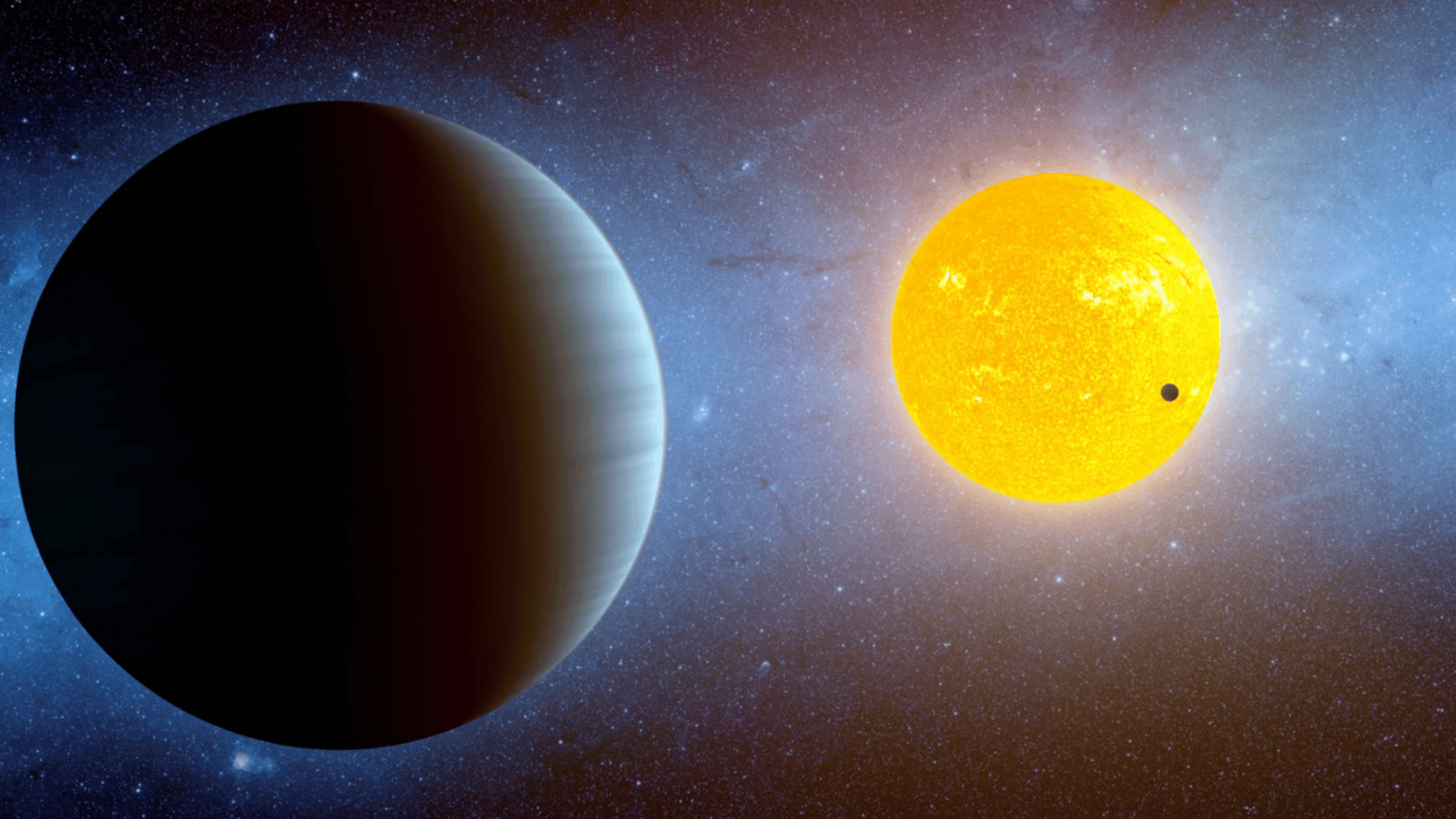Near the center of the Milky Way, approximately 24,000 light-years away from Earth, a pair of objects are moving rapidly through space. A new report suggests that these objects are a high-velocity star and accompanying exoplanet which, if confirmed, would set the record as the fastest-moving planetary system known to science.

For scale, stars typically move through the Milky Way at a few hundred thousand miles per hour, and the Solar System’s average velocity through the galaxy’s Orion Arm is 450,000 miles per hour. These two space objects are speeding more than twice as fast at 1.2 million miles per hour.
“We think this is a so-called super-Neptune world orbiting a low-mass star at a distance that would lie between the orbits of Venus and Earth if it were in our solar system,” says astronomer Sean Terry from the University of Maryland and NASA’s Goddard Space Flight Center. “If so, it will be the first planet ever found orbiting a hypervelocity star.”
The objects were originally spotted in 2011 when researchers were looking for exoplanets in data from Microlensing Observations in Astrophysics (MOA). Gravitational microlensing refers to the phenomenon that occurs when a massive celestial object is near the line of sight running between a distant observer on one side and a distant star on the other, the point at which they align acting as a lens to amplify starlight.
Researchers studying MOA data in 2011 determined the objects’ relative mass, with one measuring 2,300 times more massive than the other. The colleagues, therefore, proposed two theories: the objects were either a star and a planet or a less distant rogue super Jupiter and its moon.
The new study uses data from the Keck Observatory in Hawaii and the European Space Agency’s Gaia satellite to examine the two structures. Based on the distance between the two objects from the 2011 signal, the team was able to calculate how fast the star is currently moving. The team plans to continue to monitor the system, however, to ensure their current theories are correct.
“To be certain the newly identified star is part of the system that caused the 2011 signal, we’d like to look again in another year and see if it moves the right amount and in the right direction,” Bennett says.







